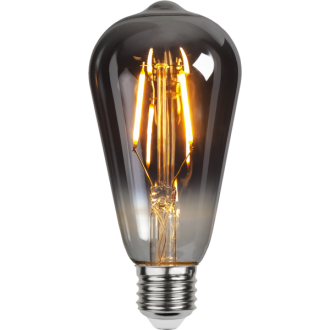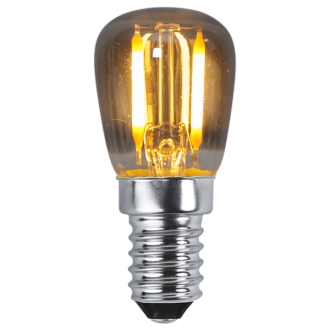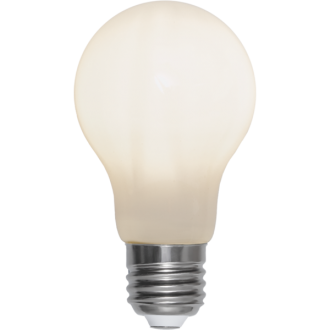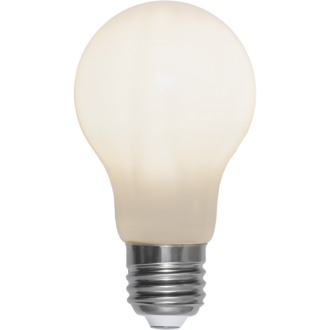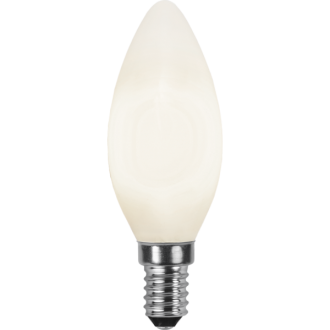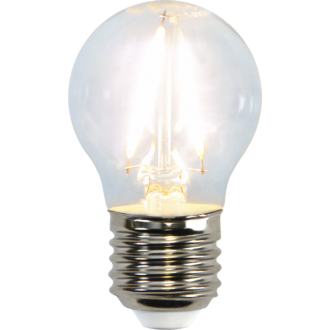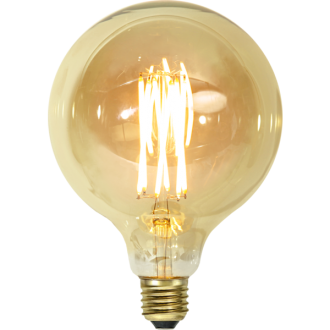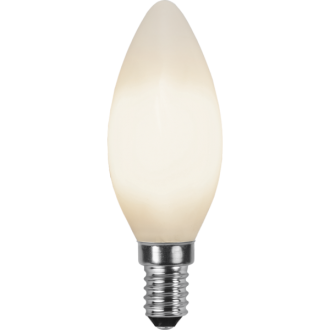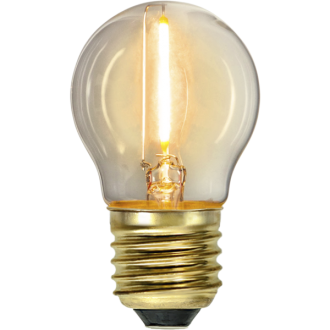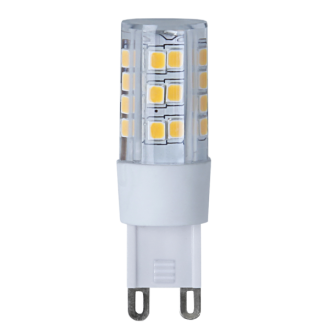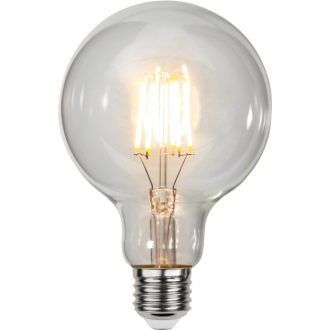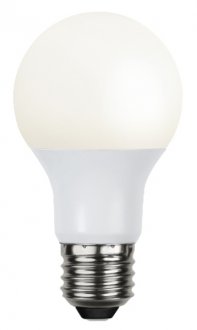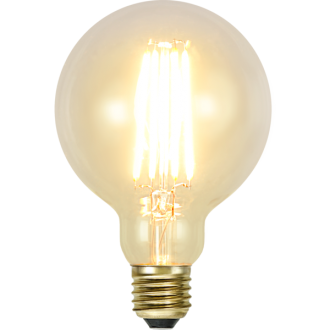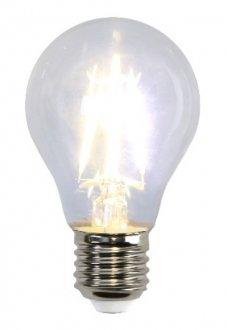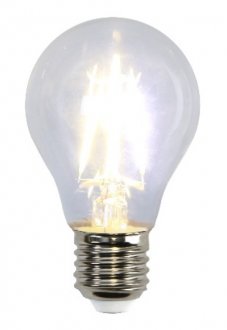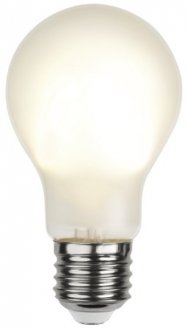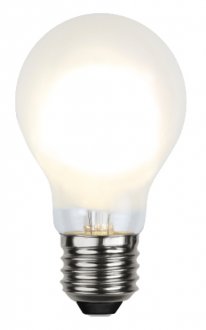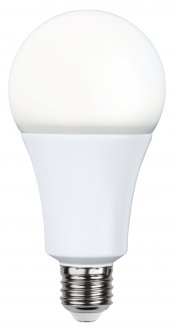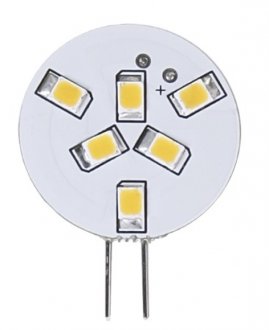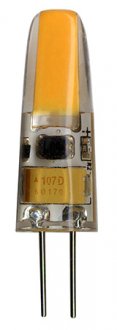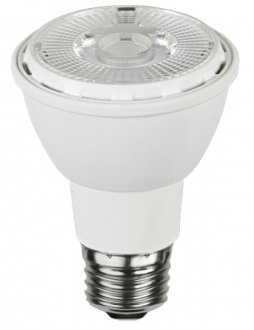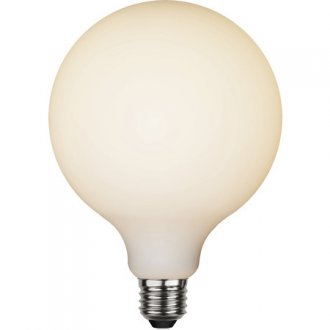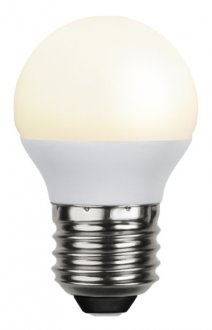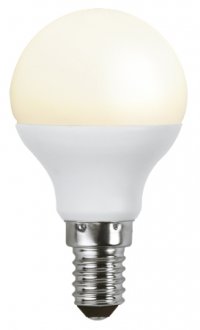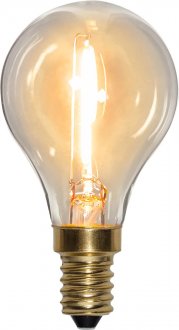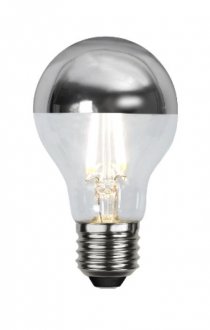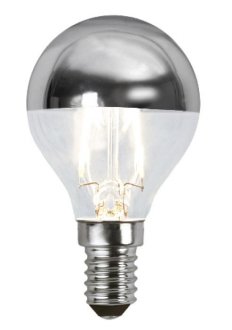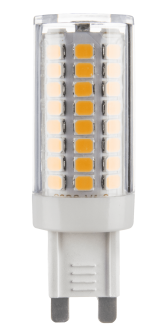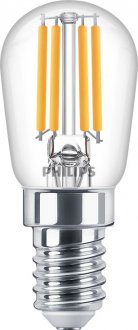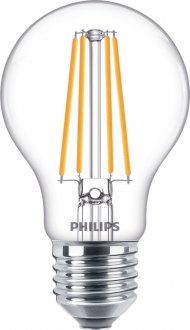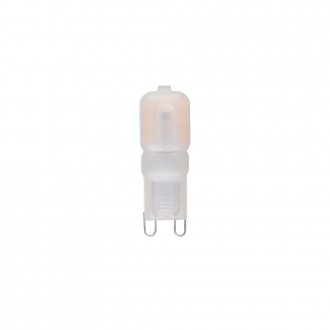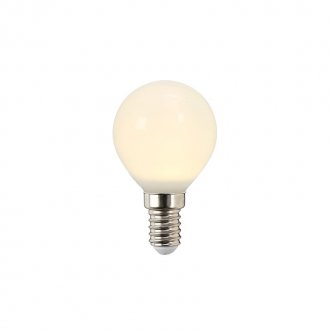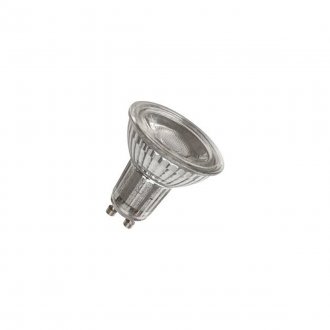What you need to know about LED lights
LED lamps usually look very similar, but there can be big differences in technology and quality, which primarily affect the brightness and lifespan of the light source. As many people know, LED technology has meant a big change in energy consumption and lifespan. But there are a few things you need to know about LED lights to find a good replacement for the traditional incandescent or halogen bulb.
LED lamp - three values to keep an eye on
As a consumer, it is easy to be attracted by a low price of LED lamps that promise a very long life, low consumption and warm white light. But reality is unfortunately not quite as simple. When it comes to LED lights, there are mainly three values you should keep an eye on; luminous flux, color temperature and color rendering. It is also good to know how the lifespan is calculated on LED lighting, and why this, strangely enough, matters less. We go through it in turn. The luminous flux tells how strong an LED lamp is You could say that Lumen (lm) is the new and more accurate way to measure the strength of both LED lamps and other light sources. In the past, Watt (W) was always used a little incorrectly to give an idea of how bright a light source emitted. Watt is really only a measure of electricity consumption from the light source. But since low-energy and halogen and especially LED lamps entered the market, that measure has become totally misleading for that purpose. However, it is a good measure to keep track of how much lower your energy consumption will be, which you will notice a big difference if you use LED lights. Precisely for this reason, they have instead started using lumens as a measurement value for the light flux.
Color temperature of LED lights
The next important measurement for an LED lamp is color temperature, which is divided according to the Kelvin (K) color scale. In LED lighting, we usually talk about a range from a minimum of around 1800 K (candle light) to a maximum of around 6500 K (daylight). The lowest value gives a very warm light to a yellow/orange light. The highest value corresponds to completely white daylight. A normal and pleasant warm white general light should be around 2700-3000K. If you are looking for a cooler and more reading-friendly light, you should look for an LED lamp that is between 3000-3300K.
Color rendering reveals the quality of the lamp
The last value is color rendering (Ra), which is simply a scale of the light's ability to reproduce colors naturally, which is a quality stamp for LED lights. A Ra value of 80 out of 100 is the most common for LED lamps, which is usually sufficient when you do not have such high demands on the light. Ra 90 is more like regular light bulbs, but they cost more to manufacture, so the price is also higher. 95 out of 100 is very rare in the LED market, as 90 out of 100 is considered sufficient in most cases. Standard incandescent and halogen lamps have an Ra value of 100.
Why is the lifetime of the LED light of less importance?
LED lamps or rather LED diodes (just like fluorescent tubes) lose light output during their lifetime. The reason why the diode loses its light output is the heat that occurs behind the lamp, the diode itself never gets hot. The small amount of heat that occurs means that the diode will lose brightness over time. On good LED lamps, there is therefore a heat sink behind the diode which constantly cools the diode, this means that an LED lamp has a longer lifespan and loses less light. Good LED lights lose a maximum of 15% of their brightness in the first 25,000 hours, then the diode continues to shine but loses brightness faster.
We take an example. It says on an LED lamp that it can handle 40,000 hours of life and has a warm white light. If the diode is of poor quality, the lamp will quickly lose light output, e.g. it can lose 40% of the brightness in the first 4000 hours. After this, the LED lamp is largely unusable, because it simply shines too poorly. So that the diode itself then continues to shine for another 36,000 hours (as well as that it continues to lose light output) is really completely unnecessary. So if you want to invest in LED lamps and at the same time be satisfied with the quality and the light, then you should invest in real luminaires/LED lamps from the start. It pays off!
How much light does an LED light give?
A 40W bulb gives an approximate lumen value of 340 lm, while a 60 W bulb gives approximately 560lm. In this way, it is easier to translate and compare traditional light bulbs with LED lights.
How hot do LED lights get?
Just like all other light sources, LED lamps also get hot. But LED lights generate so much less heat than regular light bulbs that you can easily touch it even if it has been on for a long time.



